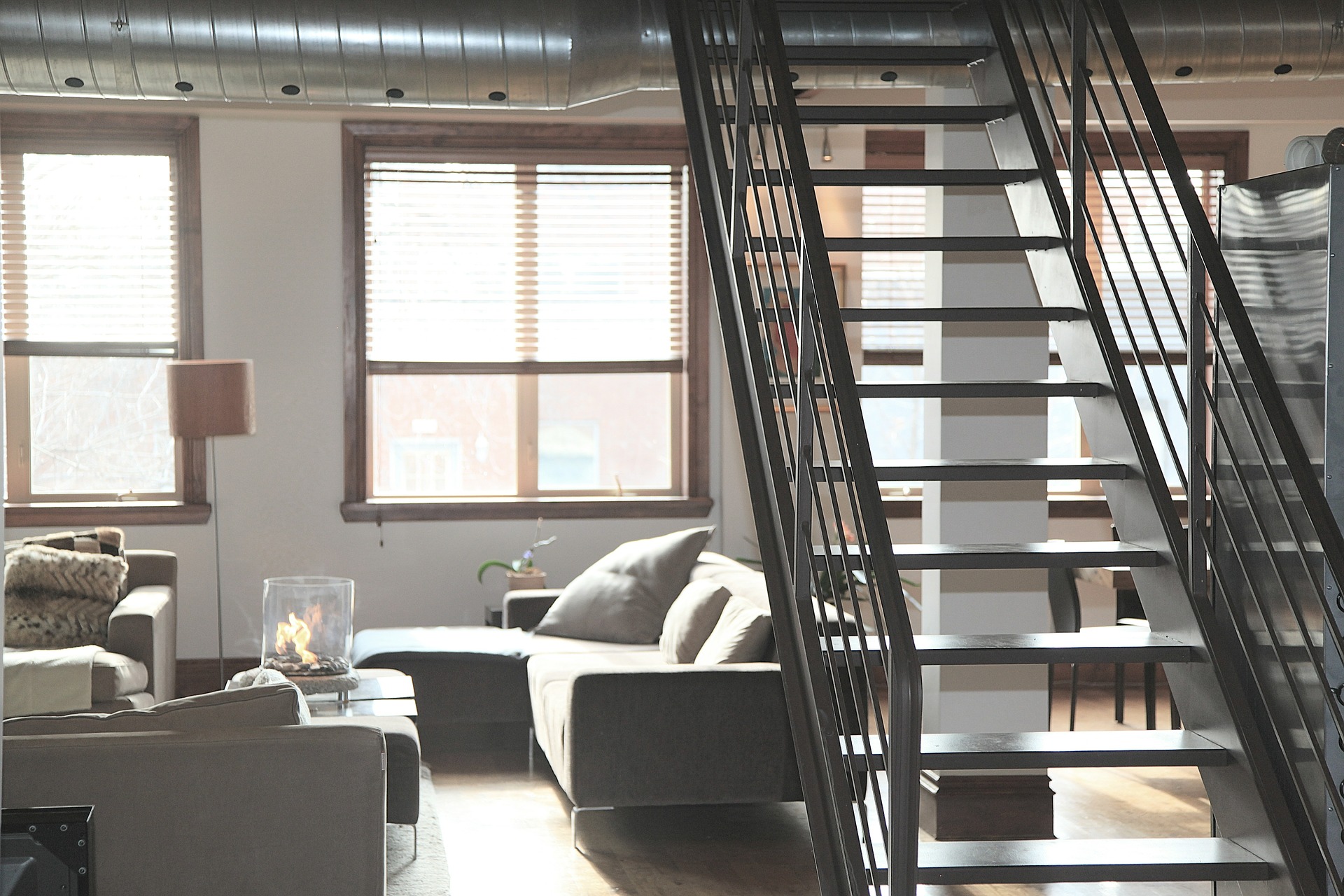If you're new to the world of real estate investing and still looking for a reliable way to generate rental income, you've probably come across two main options: Single-family investing and Multi-Family investing.
Thank you for reading this post, don't forget to subscribe!While you might think that the difference between the two is minimal, the strategies you'd employ for single-family vs multi-family rentals are actually very different. What first-time investors will have more success with will depend on several different factors.
Risk aversion, past experience, and future goals all play a part in whether single-family or multi-family rental properties will work best for you.
Not to mention, if you've been eyeing short-term rental investing as the go-to strategy for your growing portfolio, the right investment property for your needs might be a single-family property only!
So, what type of rental should you pursue for a healthy investment portfolio and sustainable rental income?
Here's all you need to know about single-family and multi-family rental properties, including the pros and cons of investing in each!
Single-Family and Multi-Family, What’s the Difference?
First things first, let's go back to basics and find out what, exactly, is the difference between single-family and multi-family rentals.
Like all rental investments, property types are subject to the same loan requirements, meaning that you'll have to pursue a high-interest business loan to get on the ladder first. The funds you need to lock in your dream property are also quite similar. You'll usually be required to put down a hefty deposit (generally 20% of the purchase price).
Investment strategy basics aside, multi-family vs single-family rentals are quite different when it comes to price: You should expect to pay a lot more for a multi-family property. You can, however, purchase a single-family home to rent out short-term without breaking the bank.
In addition to that, the two property types are assessed differently when it comes to value. Single-family homes are assessed in terms of their property value and multifamily rental properties are instead valued in terms of the rental income they generate.
Then, there's size and scope to take into consideration. Investing in multi-family units will require plenty of property management work, so you'll have to hire a team and property manager to take care of the day-to-day work. Renting out a single-family home, on the other hand, will generally require less maintenance and work.
Generally speaking, single-family homes are easier to manage for both short-term stays and long-term stays, but the income you could generate with a well-run multifamily property will usually be a lot higher.
Let's take a closer look at the pros and cons of both options.
The Pros of a Single-Family Rental Property
Investing in a single-family rental home is often the preferred course of action for first-timers or green real estate investors looking for reliable income and sustainable growth.
That's mostly because single-family properties are much easier to finance and overall more affordable than multifamily housing. This means that investors with small portfolios and little experience won't feel as overwhelmed investing in their new property, both financially and emotionally.
On top of that, single-family investing is also considered less risky: You won't only need considerably smaller capital to get started but also reduce the risk of long, expensive vacancies.
In fact, single-family rental properties allow you to be a lot pickier about your tenants, as you'll only have to fill one unit at a time rather than scramble to fill multiple units with constant vacancies and turnovers. There is always going to be enough demand for these properties, and you can afford to vet each prospective tenant carefully to make sure they'll occupy your rental property for the long term, minimizing the chance of costly vacancies and generating reliable income each month.
And single-family homes are not only easier to finance than multifamily properties — they're a lot easier to sell too.
Since there is always going to be more demand for residential single-family homes than commercial properties like multi-family homes, you'll be guaranteed to find plenty of prospective buyers once you decide to sell.
Short-term single-family rentals benefit from many of the same advantages, including easy financing and ease of sale once you've decided to retire from the game, but your income potential will be even greater. As long as you are marketing your property right and reducing the chance of long vacancies during the low season, investing in a single-family vacation rental will guarantee long-term passive wealth without any of the downsides of multifamily investing!
The Cons of a Single-Family Rental Property
But while single-family properties are easier to finance and afford for new investors, they also come with their fair share of drawbacks.
The biggest con of putting your first investment capital in a single-family residential property is reduced cash flow: While they are definitely easier to manage, these properties also limit you when it comes to generating income. You won't be dealing with multiple tenants and varying rental prices but only relying on one unchanging source for at least 12 months.
With your monthly net cash flow going toward maintenance, mortgage repayments, and miscellaneous fees, you'll be left with little profit to continue expanding your real estate portfolio further.
On top of that, the vacancies you might face along the way will turn out to be a lot more expensive than those you'll encounter in multifamily properties. Going a couple of months without monthly payments can easily break a new business if you don't have other investments to fall back on.
Of course, costly vacancy periods can be avoided if you own other properties or are running a short-term rental business, as you'll be guaranteed different sources of rental income to rely on or a much higher cash flow throughout the high season.
Finally, single-family home rentals are harder to scale, as you'll be looking at time-consuming negotiations and financing efforts with each new purchase, rather than being able to expand your portfolio with one single purchase of a multifamily home.
The Pros of Multi-Family Rentals
While managing and financing larger multifamily properties can be a whole lot more complex than simply putting your money in a single-family home, it is undoubtedly a way more rewarding process for ambitious investors.
Investing in a multifamily property means playing the long game: You'll be putting down a lot of capital to lock in your dream property, but the dividends it will pay in the long run will more than make up for it — if you play your cards right, that is!
Multi-family properties will generally guarantee a hefty cash flow from one single investment, helping you expand your portfolio and grow your reputation as a real estate investor almost effortlessly.
This means that even though you will face more frequent vacancy periods in your unit, with multiple tenants coming and going throughout the years, you will have a solid cushion to fall back on. But you need to make sure to manage your cash flow right, putting a set amount aside for a rainy day.
On top of that, a multi-family investing strategy will pay off in the long run if you consider the value and cost of each unit: While the upfront price might feel prohibitive at first, each unit in your building will generally work out cheaper than investing in multiple single-family homes.
So, this strategy will usually be more suitable for investors who plan to considerably expand their real estate portfolio, as it allows you to start out strong, generate a solid cash flow, and have each unit appreciate a whole lot faster.
Multi-family investors will value the long-term benefits over short-term wins, becoming full-time real estate professionals and tweaking each of their units to maximize their return of investment, whether through appreciation or value upgrades.
The Cons of Multi-Family Rentals
For those who are risk-averse and not planning to turn their real estate business into a full-time job over the span of many years, investing in multifamily properties might not be the best strategy to get the reliable, stress-free passive income you're after.
Managing big properties with multiple tenants is a tough job. So is finding financing that will work for you without a lot of negotiations and property management experience.
You will face higher turnover rates, more problematic tenants, and more emergency maintenance than with long-term and short-term rentals. You’re also going to need a team behind you to deal with each issue in a timely manner.
Frequent vacancies also mean lower quality tenants, as you'll want to fill each unit as fast as possible so as not to damage your business. This means becoming a lot less picky in the process and increasing the possibility of risky bad tenants and defaults.
As much as you'll be generating considerable cash flow, multifamily rentals also tend to be a lot more costly than single-family options, as your property taxes will be a lot higher. This is particularly true in the first few years of your business. You might even end up paying for them out of pocket.
On top of that, you can also expect to encounter higher insurance rates. Keep in mind that you might be able to write off insurance in your tax returns as a business expense if you're classed as a real estate professional.
Finally, selling your multifamily property once it's no longer profitable will be a lot harder than just putting a residential home back on the market: Multifamily rentals are not as in-demand as single-family homes, so you'll have to enter different negotiations and figure out what your building is worth over a longer stretch of time.
Multifamily real estate is valued in terms of the income it can generate rather than through the value of the entire unit, so your sales journey will be a lot more complicated and expensive than what you're used to with residential housing.
Short-Term Real Estate Investing Made Easy
Even though short-term rental investing can end up a lot easier and cost-efficient to manage as a first-timer, that doesn't mean your journey to real estate success is going to be a walk in the park.
From how to get started in the industry to the latest marketing tips for your vacation rental, we provide all the insights new and seasoned investors would ever need to make it in the short-term rental world.
Find your next investment opportunity today or get in touch to discover more!



